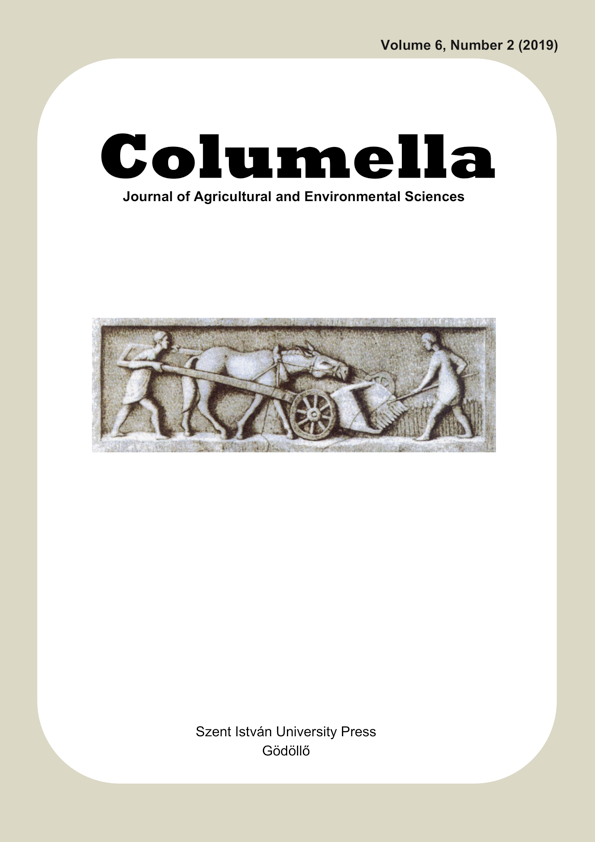Assessment of weed invasion at bait sites in the Mátra Landscape Protection Area
DOI:
https://doi.org/10.18380/SZIE.COLUM.2019.6.2.37Keywords:
wild game feeding, weed infection, habitat degradation, biological invasionAbstract
The effects of wild game feeding have been widely investigated, but little consideration has been given to it in Hungary. Feeding places for capturing and shooting wild boar (so-called bait sites) are spread- ing in some regions and they have a growing impact on vegetation. The aim of our study was to assess the extent of weed invasion in two different aspects. For this purpose, we selected two types of bait sites, located in forest and clearing areas, in the Mátra Landscape Protection Area. Four transects were arranged from the centre of the bait sites, each consisting of 22 1×1m quadrats, where vegetation surveys were carried out in May and August 2016, 2018. The results revealed a stress gradient along the transects: the proportion of weeds decreased further from the centre, while indigenous plant species increased. Bait sites in clearing are- as were most invaded by weeds, possibly due to its greater accessibility. Here we detected a significant diffe- rence between plant communities as T4 weeds dominated in August. Conversely, bait sites in the forest were less weedy with similar vegetation states between the two surveys which had a sparse understory cover.
Downloads
Published
Issue
Section
License
Copyright (c) 2019 Katalin Rusvai, Luca Kispál, Szilárd Czóbel

This work is licensed under a Creative Commons Attribution-NonCommercial-NoDerivatives 4.0 International License.






